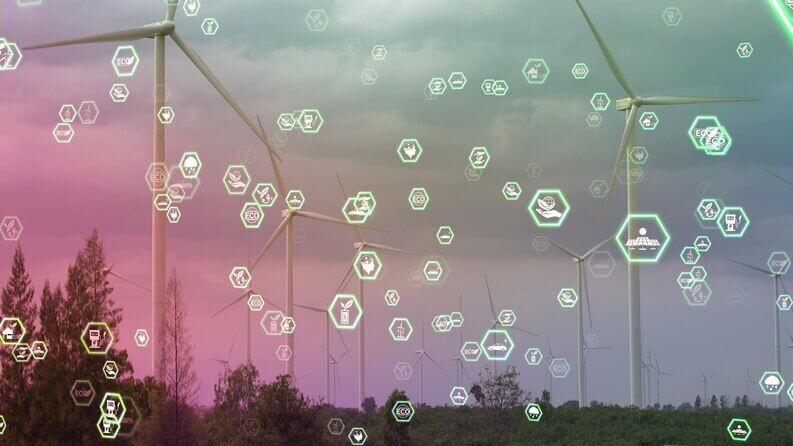Renewable energy has become an increasingly popular topic in recent years as the world seeks to reduce its carbon footprint and mitigate the effects of climate change. The use of renewable energy sources such as solar, wind, and hydro power has grown significantly, but there are still challenges that need to be addressed to make it more efficient and cost-effective. One solution to these challenges is the use of the Internet of Things (IoT). In this blog post, we will explore the potential of IoT in boosting renewable energy, focusing on its benefits, challenges, and real-world applications.
Understanding IoT and Renewable Energy
IoT refers to a network of interconnected devices that can communicate with each other and exchange data. These devices can be anything from sensors, smartphones, and appliances to vehicles and industrial equipment. IoT has the potential to revolutionize the way we live and work by enabling us to collect and analyze data in real-time, automate processes, and make better decisions.
Renewable energy refers to energy that is generated from natural sources such as sunlight, wind, and water. It has the potential to replace fossil fuels and reduce greenhouse gas emissions, but it faces challenges such as intermittency, variability, and storage. These challenges can be addressed by using IoT.
How IoT can Boost Renewable Energy
– Increased Efficiency
IoT can help optimize the performance of renewable energy systems by monitoring and controlling various parameters such as temperature, humidity, and wind speed. This can lead to increased efficiency and reduced downtime.
– Reduced Costs
Reduce the costs of renewable energy systems by providing real-time data on energy production, consumption, and storage. This data can be used to optimize energy usage, reduce waste, and improve maintenance.
– Improved Reliability
It can improve the reliability of renewable energy systems by detecting and diagnosing faults in real-time. This can help prevent system failures and reduce downtime.
Real-world examples of IoT applications:
– Smart Grids
Smart grids are electricity networks that use IoT to monitor and control energy production, distribution, and consumption. Smart grids can help reduce energy waste, improve reliability, and integrate renewable energy sources into the grid.
– Energy Management Systems
Energy management systems use IoT to monitor and control energy usage in buildings and industrial facilities. These systems can help reduce energy waste, improve efficiency, and optimize energy usage.
– Solar Power Plants
Solar power plants use IoT to monitor and control various parameters such as solar radiation, temperature, and humidity. This can help optimize energy production and reduce maintenance costs.
Challenges and Limitations of using IoT in renewable energy
While the use of IoT brings several benefits, there are also challenges and limitations that need to be addressed. These include:
– Data Security
The use of IoT requires the collection and exchange of sensitive data. This data needs to be protected from cyber threats and unauthorized access.
– Interoperability
IoT requires the integration of various devices and systems from different vendors. This requires standardization and interoperability to ensure seamless communication and data exchange.
– Scalability
It requires the deployment of a large number of devices and systems. This requires scalability to ensure that the system can handle the increasing amount of data and devices.
Conclusion
The use of IoT in renewable energy brings several benefits, including increased efficiency, reduced costs, and improved reliability. Real-world examples of IoT applications include: smart grids, energy management systems, and solar power plants. However, there are also challenges and limitations that need to be addressed, such as data security, interoperability, and scalability. Continued research and development are needed to overcome these challenges and unlock the full potential of IoT in boosting renewable energy.
Explore more about our
Open positions

